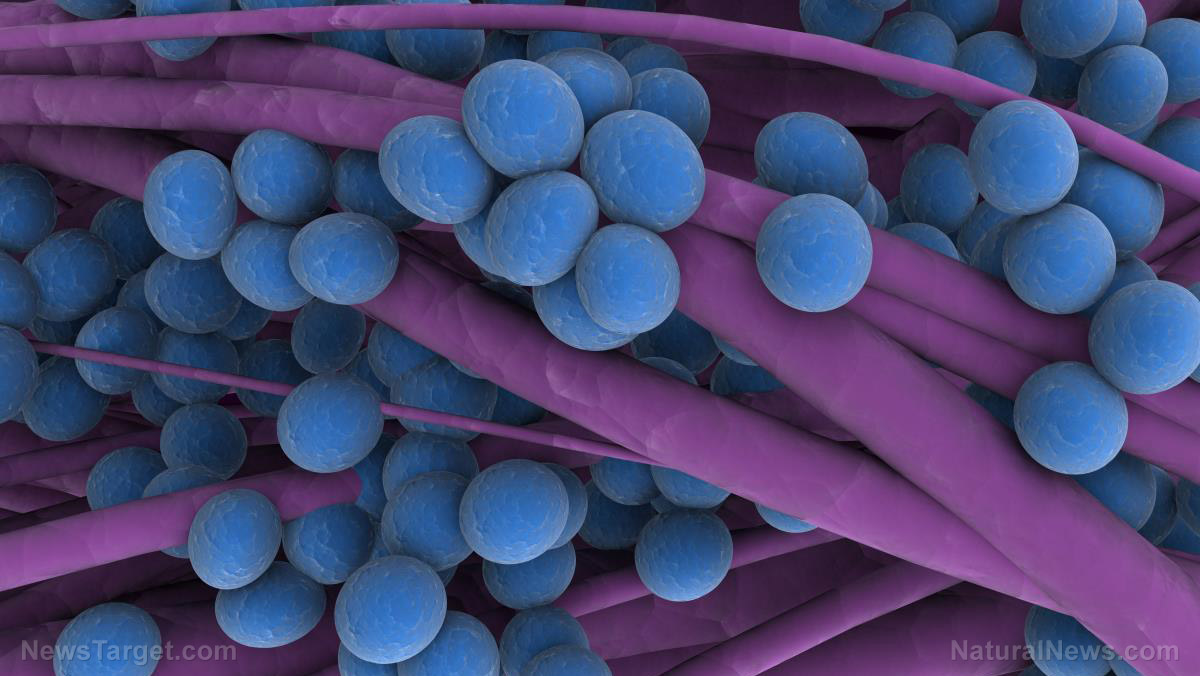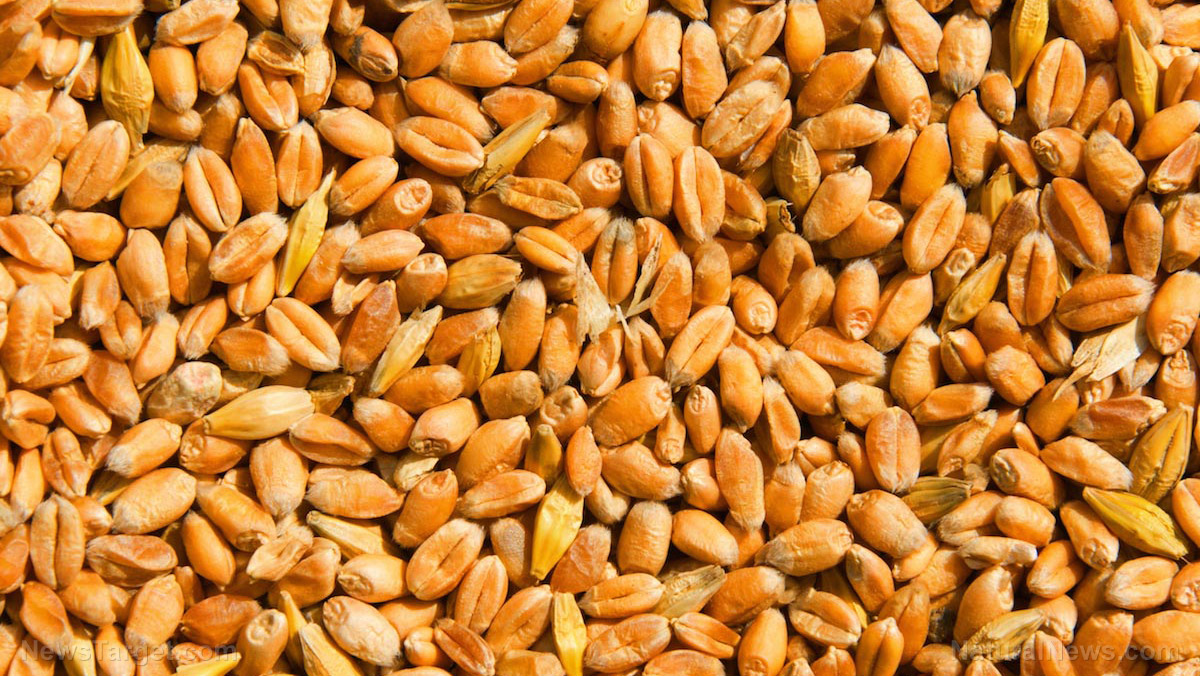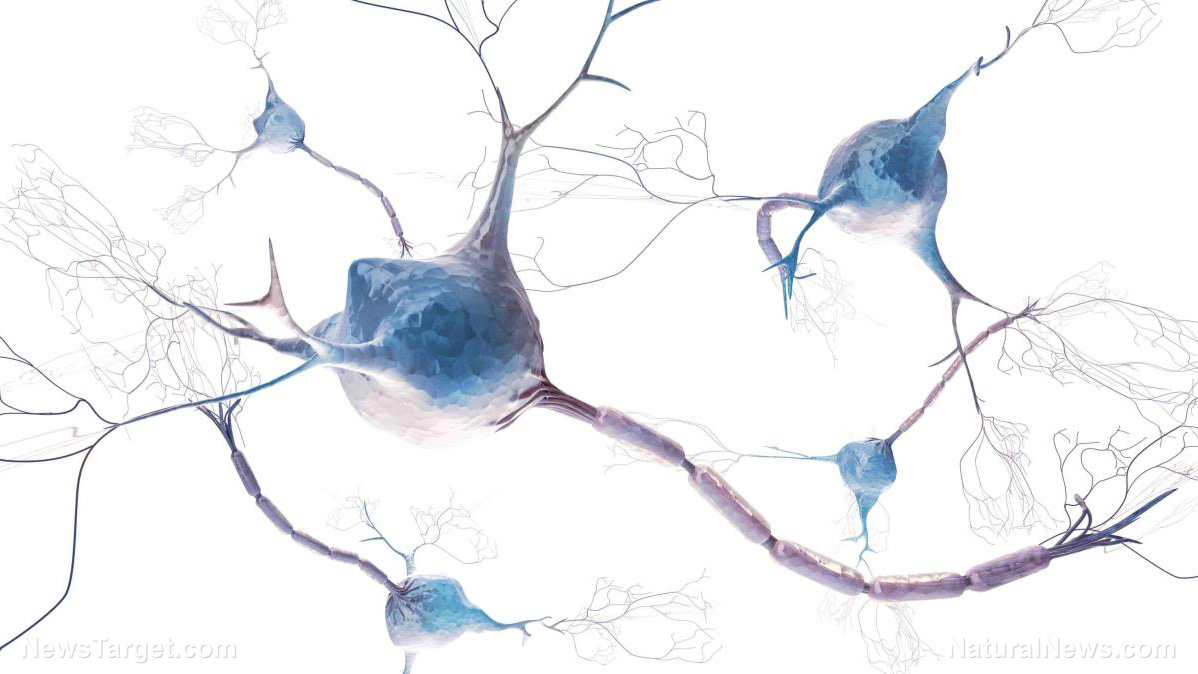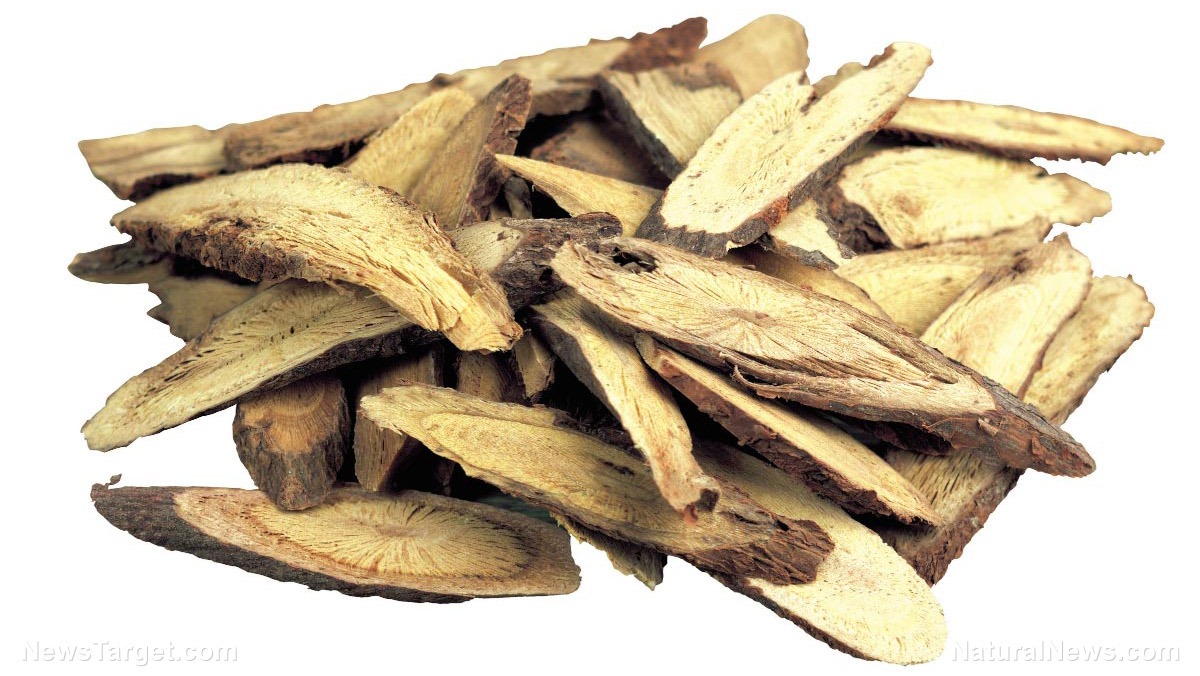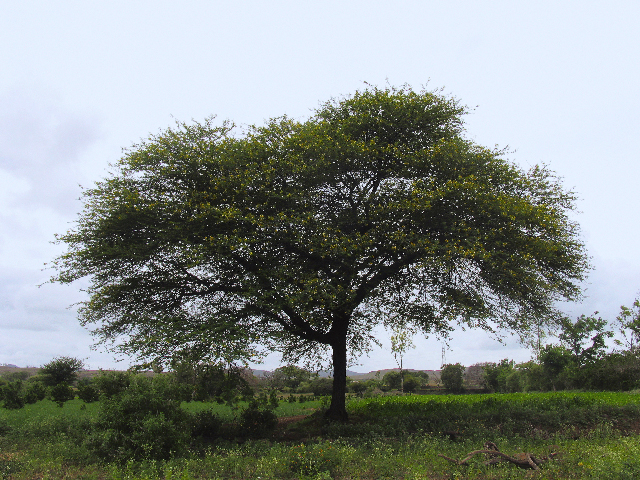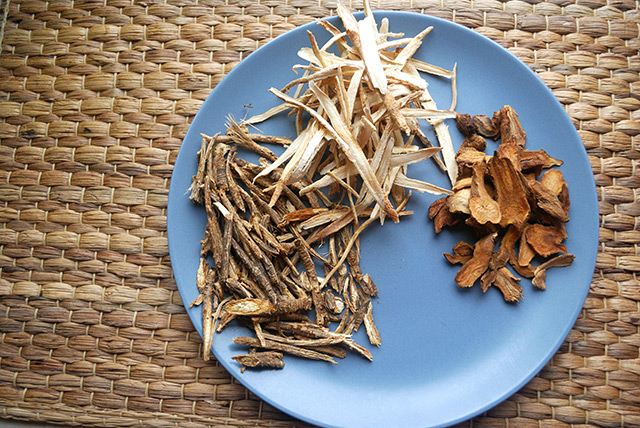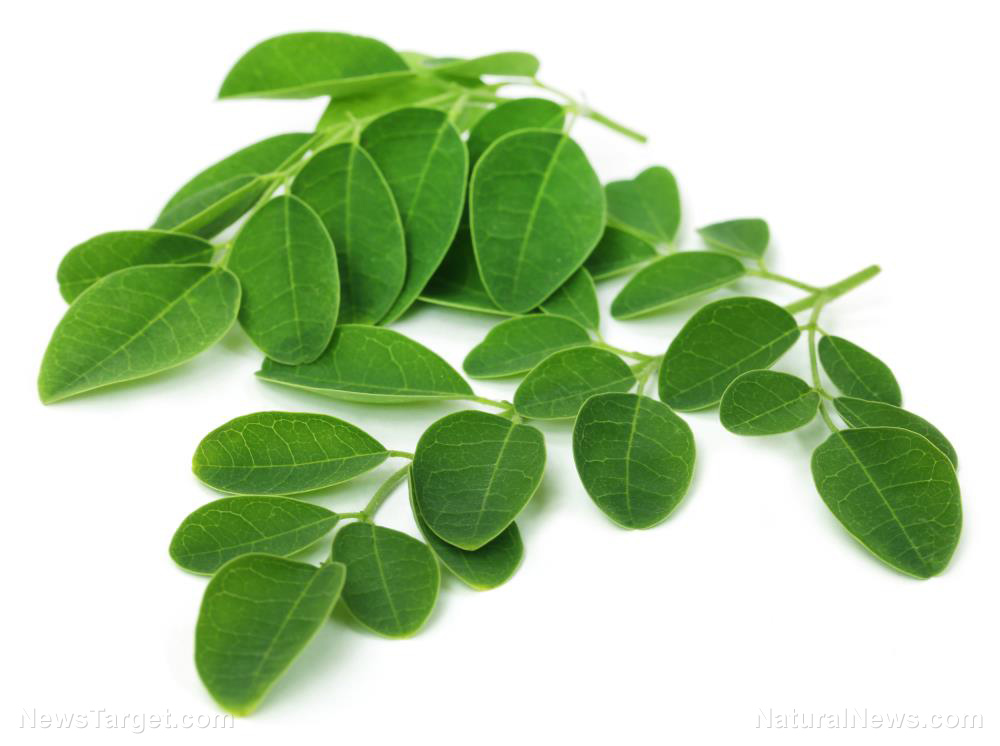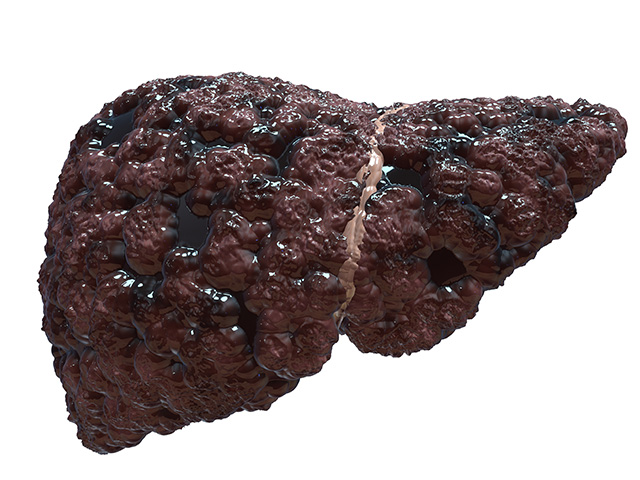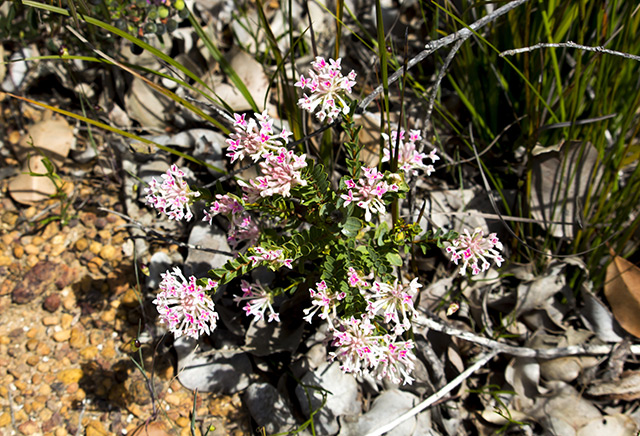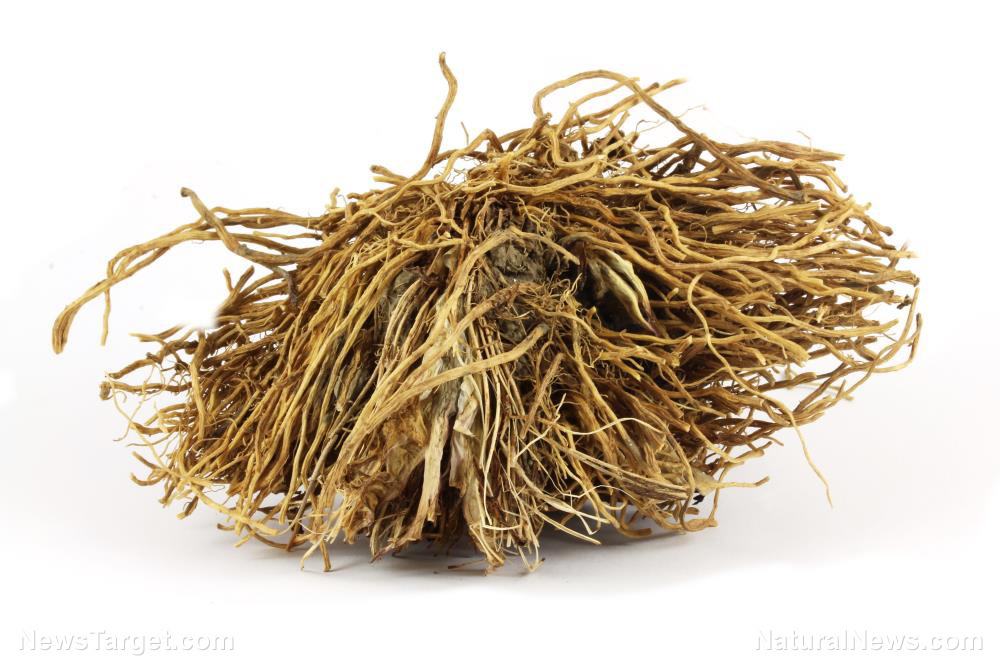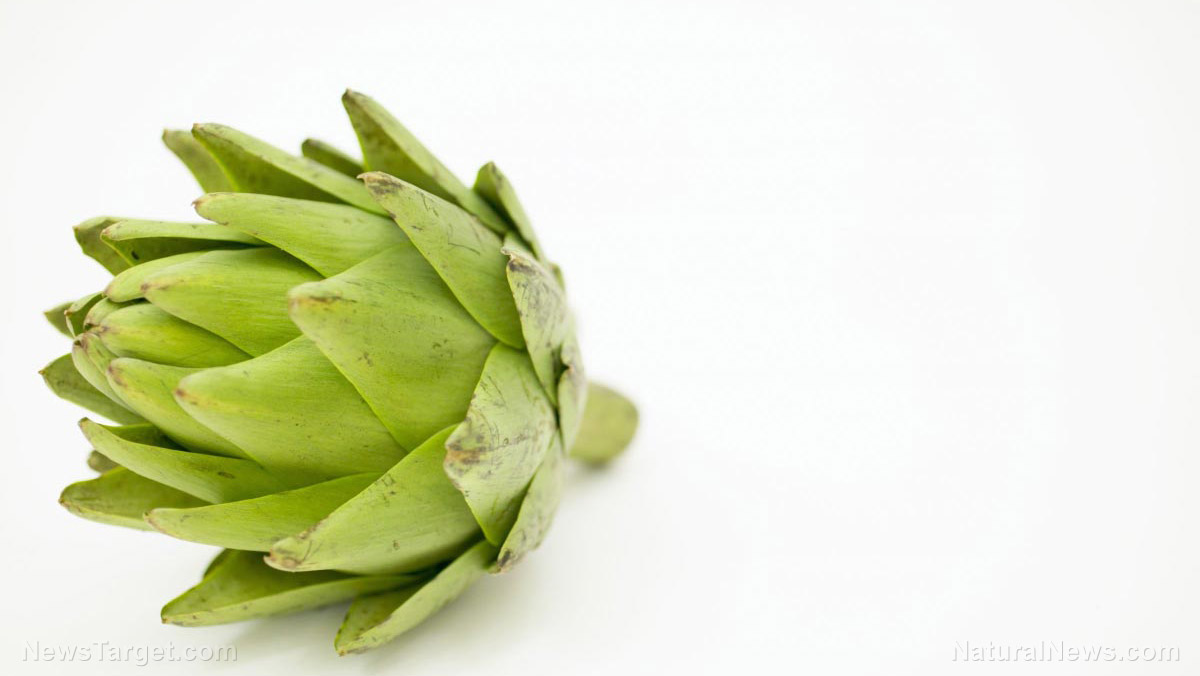The cotton tree shows potent antihyperglycemic effects
10/10/2018 / By RJ Jhonson
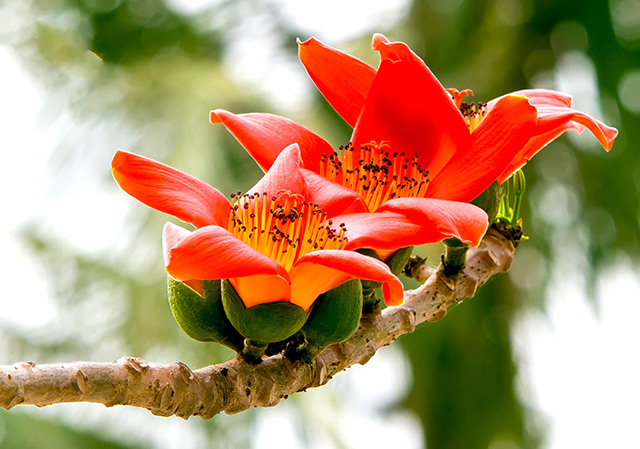
Bombax ceiba, a type of cotton tree, has been shown to have hypoglycemic properties. A study published in the Chinese Journal of Natural Medicine investigates the mechanisms behind this activity.
- A rat model was divided into three groups: normal, high-fat diet, and streptozotocin groups.
- All groups were given 70, 140, and 280 mg/kg of B. ceiba leaves extract (BCE).
- The effects of the treatment on the animals’ blood glucose, body weight, and serum biochemical parameters were tested and recorded. The researchers also conducted a histopathological examination of the rats’ pancreatic tissues.
- An analysis of the chemical components of the extract revealed that it contained mangiferin, isoorientin, vitexin, isomangiferin, isovitexin, quercetin hexoside, 2?-trans-O-coumaroyl mangiferin, and nigricanside.
- The researchers noted that the administration of BCE caused a considerable reduction in the concentrations of fasting blood glucose, glycosylated hemoglobin, total cholesterol, triglyceride, low-density lipoprotein cholesterol, serum insulin, and malondialdehyde, and increases in oral glucose tolerance, high-density lipoprotein-cholesterol, and superoxide dismutase in the rats with Type 2 diabetes.
- BCE treatment also exerted a protective effect on pancreatic beta cells and stimulated the production of insulin. The treatment was observed to have resulted in lower blood sugar levels and benefits against dyslipidemia.
The researchers concluded that BCE had antioxidant effects that protected pancreatic beta cells, resulting in its anti-diabetic activity.
Learn how to address diabetes naturally at DiabetesScienceNews.com.
Journal References:
Xu G-K, Qin X-Y, Wang G-K, Xie G-Y, Li X-S, Sun C-Y, Liu B-L, Qin M-J. ANTIHYPERGLYCEMIC, ANTIHYPERLIPIDEMIC AND ANTIOXIDANT EFFECTS OF STANDARD ETHANOL EXTRACT OF BOMBAX CEIBA LEAVES IN HIGH-FAT-DIET- AND STREPTOZOTOCIN-INDUCED TYPE 2 DIABETIC RATS. Chinese Journal of Natural Medicines. 2017;15(3):168–177. DOI: 10.1016/s1875-5364(17)30033-x
Tagged Under: alternative medicine, antihyperglycemic, Bombax ceiba, cotton tree, diabetes, herbal medicine, hypoglycemic, natural cures, natural medicine, Type 2 Diabetes

